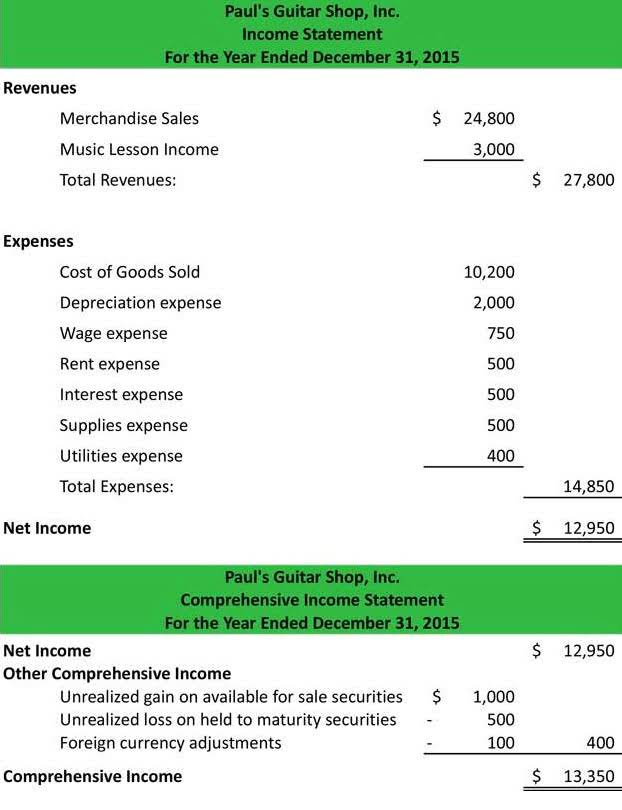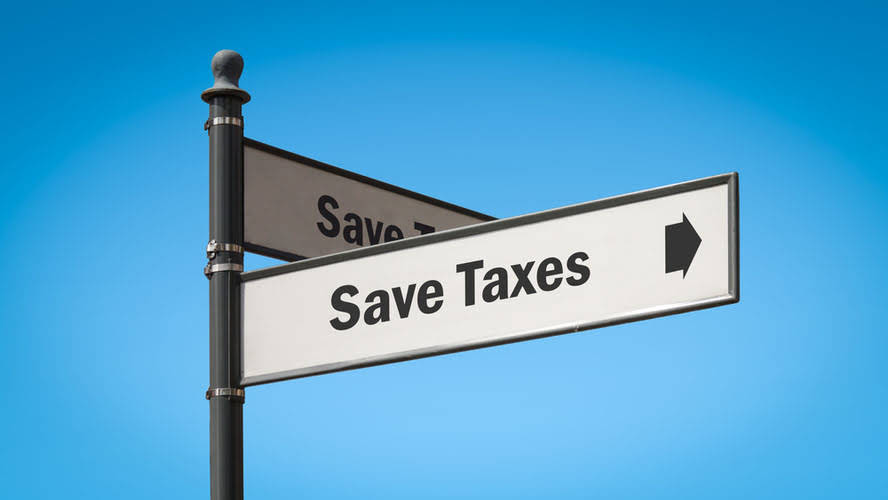
Examples of direct selling expenses include transaction costs and commissions paid on a sale. SG&A includes all non-production expenses incurred by a company in any given period. It includes expenses such as rent, advertising, marketing, accounting, litigation, travel, meals, management salaries, bonuses, and more. On sg and a meaning occasion, it may also include depreciation expense, depending on what it’s related to.
- Since SG&A expenses are not a product cost, they are not assigned to the cost of goods sold or to the goods that are in inventory.
- Marketing is often an investment in future growth, so it’s essential to evaluate where cuts can be made without stalling business momentum.
- You might encounter a problem when you’re analyzing income statements from two firms in the same industry.
- Each category includes various specific costs that are essential for the operation and growth of a tech startup.
- Selling, General, and Administrative (SG&A) expenses represent a category of operating costs a business incurs.
- This is what makes financial sustainability such an important part of managing a business’s success now and into the future.
- By calculating your operating expenses as a percentage of total revenue, you can view the percentage of each dollar spent on non-production costs.
When to Report Supplies in GST Returns
The gross amount payable for each type of supply must be separately stated. A tax invoice does not need to be issued for zero-rated supplies , exempt supplies and deemed supplies or to a non-GST registered customer. Unfortunately for founders, accounting rules are very specific on some things, and surprisingly unhelpful in other areas. There are actually no Generally Accepted Accounting Principles (GAAP) rules on the type of costs that are included in the Cost of Goods Sold (COGS).
General and administrative expenses
General expenses factor into the company’s overall revenue and costs, which has an impact on the bottom line. These costs can also be complex to calculate and track, and doing so may require a company to hire an accountant. While the general and administrative bucket is often https://www.lograrmas.com.mx/los-angeles-and-orange-county-bookkeeping-service/ where companies start cost reduction measures, the items in the selling expense bucket are the biggest opportunities to better control costs. Tracking selling expenses is important for tax compliance and for ensuring the business is correctly calculating deductions to reduce its tax burden. A variable cost structure is one in which the SG&A costs keep pace with sales. Think of an importer that has only a warehouse and almost no other fixed expenses.
- Their mention is a staple on earnings calls, lately in the context of a phrase like “discretionary spending cuts” in relation to those line items.
- Below is an outline for a simple income statement, showing the progression from a sales number at the top to a net income figure at the bottom.
- Businesses might also pay for employee training sessions or continuing education.
- Such expenses also include non-cash expenses like depreciation and amortisation.
- At the same time, companies need to act wisely in making these decisions.
- Selling, general, and administrative (SG&A) expenses account for the essential costs of running the day-to-day business operations.
SG&A vs. Operating Expenses: The Similarities & Differences

Properly managing and understanding SG&A is crucial to control costs and sustain long-term profitability. SG&A includes most other costs related to running a business aside from COGS. These costs are not related to specific products, so they are categorized separately from the cost of goods sold (COGS) on the income statement. SG&A expenses are sometimes referred to as period costs since they relate to the time period in which they are incurred, and they do not relate directly to production.

Everything You Need To Master Financial Modeling
In short, direct costs are directly related to the product being sold, while indirect costs are what you spend money on to earn sales. The way you list your SG&A and operating expenses on your income statement is completely up to you. If you’re familiar with operating expenses, you might be wondering what the difference is between SG&A and operating costs. It is unlikely a successful business can sell its products and services without any selling activities. That’s because businesses need to inform customers of their existence and educate the customers about their products. In addition, most businesses have competition that target the same customers for the same products.
- Think of an importer that has only a warehouse and almost no other fixed expenses.
- These expenses cover things like advertising, rent, office supplies, and the salaries of people who aren’t directly involved in making the product.
- In the following sections, we’ll break down the components of SG&A expenses, how they are calculated, and their representation in financial statements.
- This information may be available from industry associations, financial publications, or investment research firms.
- Calculate the Selling, General, and Administrative expenses (SG&A) by adding all the expenses incurred by a company in its daily operations, excluding the costs of producing goods or services.
- It tells you what percent of every dollar your company earned gets sucked up by SG&A costs.
Overall, SG&A expenses play a crucial role in a company’s success, and effective management of these expenses is integral to achieving financial stability and growth. One oft-used method is to look at what percentage of the company’s sales goes to SG&A. A real estate cash flow tax invoice is also not required for deposits collected under the Beverage Container Return Scheme (BCRS) as these deposits are not subject to GST. However, you are encouraged to include BCRS deposits in your tax invoices and receipts issued for the sale of the beverages to ensure price transparency for your customers. Please refer to GST and BCRS Deposit for more information about the GST treatment and requirements, including invoicing guidelines.

Free Course: Understanding Financial Statements

In fact, SG&A happens to be a key component of managerial accounting and helps in a firm’s management in more ways than one. Operating expenses include the cost of goods sold (COGS) and selling, general and administrative (SG&A) expenses. Operating expenses are costs a company incurs in its regular business activities, while non-operating expenses are costs unrelated to the core operations.